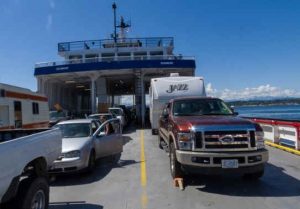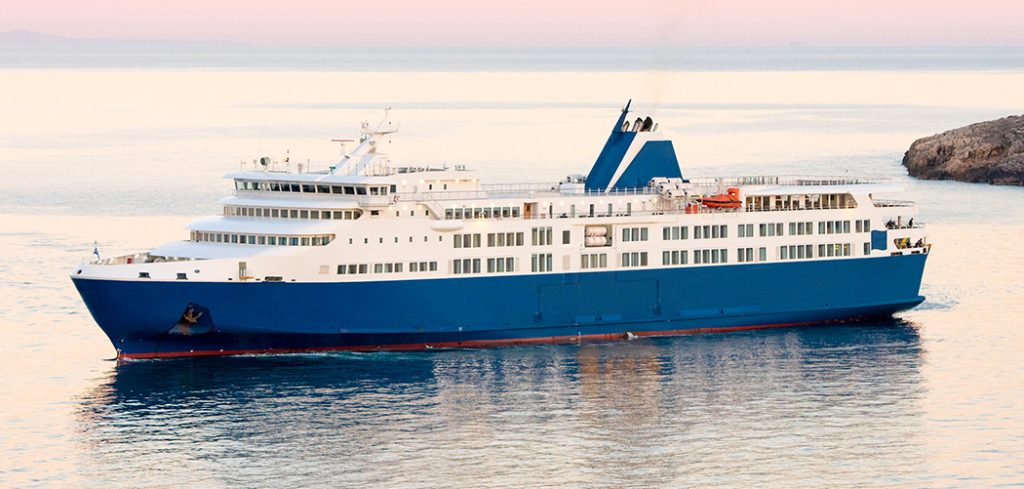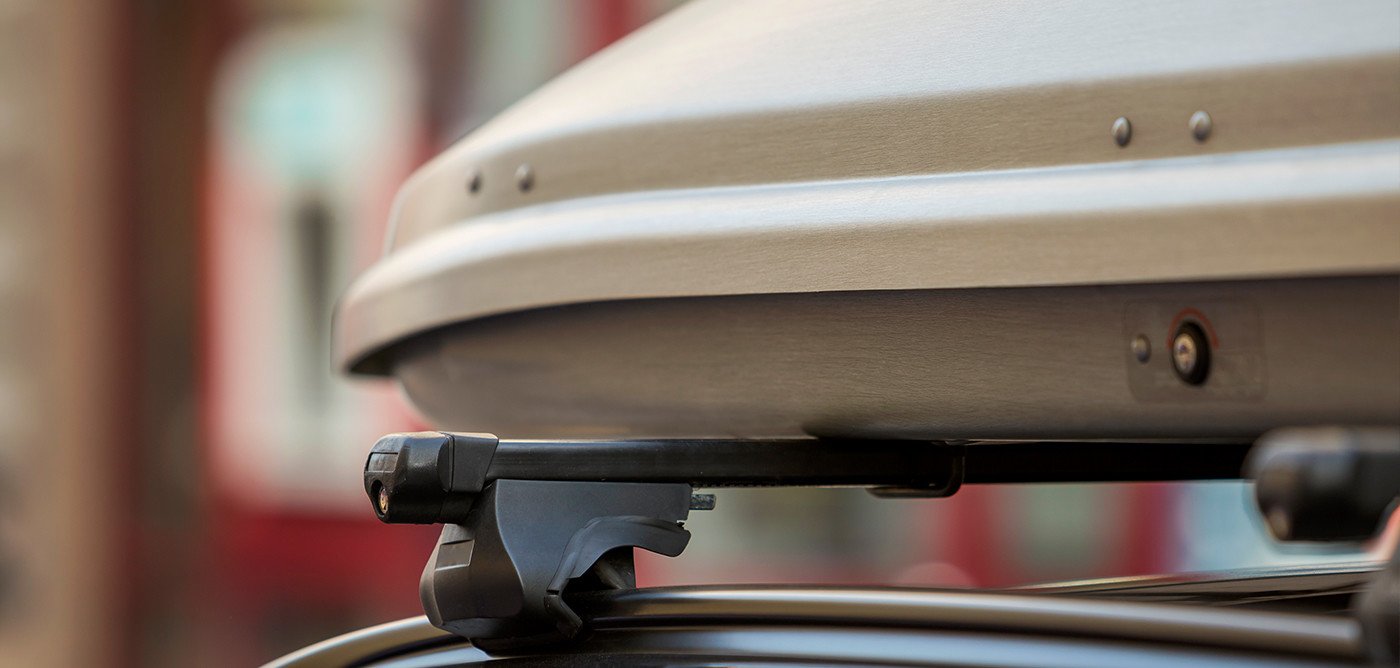Today, we give you a complete guide for bringing a car-fitted roof box on a ferry ride.
There are many different types of ferries across the globe. Some of them carry only individuals from one place to another, while for others, you simply drive your vehicle onto the ferry and let it transport both you and your car to your final destination.
Just like other methods of transportation, ferries have certain rules to follow, and this includes rules concerning everything from how to make a reservation to how tall your vehicle must be to ride the ferry.

Many of these rules are made because there is typically limited space on a ferry, which is also one of the reasons why they often have height limitations as well.
For people who have bike racks, rooftop carriers, and items such as these installed on their vehicles, these are the types of rules to pay especially close attention to, but fortunately most of them are easy to understand and easy to abide by.
Table of Contents
Complete Guide for Bringing a Roof Box on a Ferry
General Information About Ferries
 As a general rule, most ferry companies have a height restriction when it comes to the vehicles on their ferries, which means your vehicle can’t be more than that height if you expect to ride the ferry. For some ferries, the height limit is only around six feet, while other companies allow some vehicles to be as high as eight feet or more.
As a general rule, most ferry companies have a height restriction when it comes to the vehicles on their ferries, which means your vehicle can’t be more than that height if you expect to ride the ferry. For some ferries, the height limit is only around six feet, while other companies allow some vehicles to be as high as eight feet or more.
Of course, if you’re planning to travel by ferry, it’s a good idea to know these things ahead of time. Fortunately, this is easier than you think because ferry companies generally have great websites that provide all of the information you need to utilize their services.
In some cases, if your vehicle is higher than the recommended limit, which can happen if you have a bike rack or rooftop carrier installed, you have to pay a surcharge. You may even have to let the ferry company know ahead of time by contacting them via phone or fax.
Naturally, these rules generally don’t apply to rear-hitch carriers and bike racks, because ferry companies generally only care about the height of the vehicle and not the weight. Commercial vehicles are different, however.
For commercial vehicles such as large trucks and others, you may also have a weight limit, but this is something the ferry company can inform you about when you read their materials or visit their websites.
Paying Attention to the Rules and Restrictions
 Different ferries have different rules for those who go over the height or weight restrictions. This will make you consider if you can bring a roof box on a ferry.
Different ferries have different rules for those who go over the height or weight restrictions. This will make you consider if you can bring a roof box on a ferry.
For some companies, they allow your vehicle to be six feet tall without any type of rack on top and around seven or eight feet with the rack attached.
Some will charge you a surcharge, some will not. In fact, some are so strict about the rules that they will not allow you to load your vehicle onto the ferry if it exceeds these limitations, which is yet another reason to contact them ahead of time if you’re in this situation.
If you’re wondering about the fares and how much it will cost you to ride these ferries, they can vary quite a bit. As a general rule, however, the fares are based on the distance between the location where you load the ferry and your final destination, how many days or weeks you intend to ride the ferry, and the size of your vehicle, meaning the total height and weight of it.
For instance, one ferry line charges roughly $10 for a ticket to a certain destination, but it charges under $70 if you plan to ride the ferry for 10 days for the same route, which works out to roughly $7 per day.
As you can see, discounts are usually offered for riding with the ferry on a regular basis, but all of the prices are extremely reasonable. If the company does charge for a bicycle or rooftop box or rack, it is normally not very much, but again, that is something you can learn about ahead of time by checking with the company.
What to Do First If You Want to Ride the Ferry
It is obvious by now that each ferry company is different when it comes to their rates, restrictions, and even their schedules. Many of the bigger cities, such as Seattle, have ferries that will take you to many different destinations, and the companies’ websites even list the schedules and the rates for each route, meaning you can easily find out this information ahead of time so there are no surprises when you try to load your vehicle onto the ferry.
You certainly don’t want to get to the ferry on the day of your trip only to discover that your vehicle will be charged extra or that you won’t be allowed to ride at all. Companies have regulations regarding roof box on a ferry.
This can all be avoided, however, by looking into the ferry company’s rules and restrictions ahead of time, which you can do through their websites or just by giving them a call.
Since rooftop boxes come in such a wide variety of shapes, sizes, and weights, it is difficult to make a list of standard rates and restrictions concerning this product. But if you do intend to travel by ferry with a bike rack or rooftop carrier on top of your vehicle, just keep in mind that there are always height restrictions on ferries, and that sometimes you may have to pay extra for the privilege of having that carrier or bike rack on your vehicle.

Some Final Thoughts - Roof Box on a Ferry
Last, but not least, if you plan to bring a roof box on a ferry anytime soon, always keep in mind that you should make certain the carrier is installed properly, meaning nice and tight.
This goes for the roof rack as well; in other words, the entire structure should be installed perfectly because riding on water can be bumpy, and the last thing you want is for something on top of your vehicle to come loose, fall off, or injure someone, which could be disastrous.




